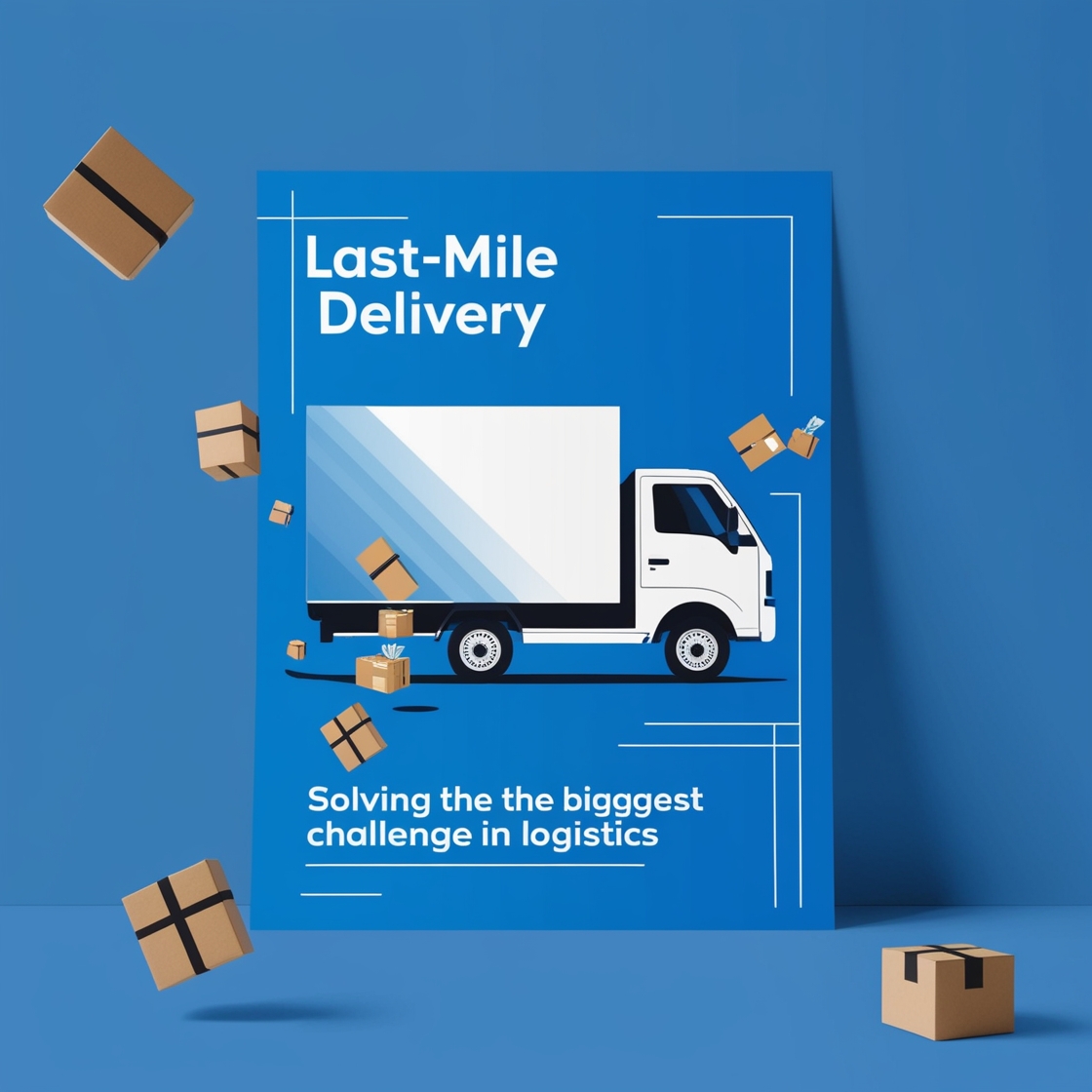In the world of logistics, last-mile delivery is often seen as the most crucial and challenging stage of the supply chain. This final leg of the journey, where a product is delivered from a distribution center to the customer’s doorstep, is fraught with complexities that can significantly impact both costs and customer satisfaction. In an era where e-commerce is booming and consumer expectations are higher than ever, solving the last-mile delivery challenge has become a top priority for businesses.
The Importance of Last-Mile Delivery
Last-mile delivery is more than just the final step in getting a product to a customer; it’s a key determinant of the overall customer experience. In a market where speed and convenience are highly valued, the efficiency and reliability of last-mile delivery can make or break a brand’s reputation. Customers expect quick, hassle-free deliveries, often with real-time tracking and flexible delivery options. Failing to meet these expectations can lead to dissatisfaction, negative reviews, and ultimately, loss of business.
The Challenges of Last-Mile Delivery
- High Costs: Last-mile delivery is notoriously expensive, accounting for a significant portion of total shipping costs. Factors such as fuel prices, labor costs, and the need for frequent stops in residential areas contribute to these high expenses.
- Traffic and Congestion: Urban areas, in particular, pose significant challenges due to traffic congestion and parking restrictions, which can delay deliveries and increase operational costs.
- Complexity of Delivery Locations: Delivering to a variety of locations, from high-rise apartments to remote rural areas, requires different strategies and resources, adding to the complexity and cost.
- Customer Expectations: Today’s consumers demand fast and flexible delivery options, including same-day or next-day delivery, which puts additional pressure on logistics companies to optimize their last-mile operations.
- Environmental Concerns: With growing awareness of environmental issues, there is increasing pressure on companies to reduce the carbon footprint of their delivery operations. This adds another layer of complexity to the last-mile delivery process.
Solutions to the Last-Mile Delivery Challenge
While last-mile delivery poses significant challenges, innovative solutions are emerging to address these issues:
- Optimizing Routes with Technology: Advanced algorithms and AI-powered tools are being used to optimize delivery routes, reducing fuel consumption, delivery times, and costs. Real-time data on traffic and weather conditions can further enhance route efficiency.
- Micro-fulfillment Centers: Establishing small, strategically located fulfillment centers closer to urban areas can reduce delivery distances and times. This approach also supports faster, more flexible delivery options.
- Crowdsourced Delivery: Leveraging gig economy workers for deliveries can increase flexibility and reduce costs. Platforms that connect businesses with independent couriers allow for faster scaling during peak times.
- Drones and Autonomous Vehicles: Although still in the early stages of adoption, drones and autonomous vehicles offer the potential to revolutionize last-mile delivery, particularly in hard-to-reach or congested urban areas.
- Smart Lockers and Pickup Points: Offering customers the option to collect their orders from secure lockers or designated pickup points can reduce delivery failures and associated costs. This solution is particularly effective in urban areas with high delivery densities.
- Sustainability Initiatives: To address environmental concerns, companies are increasingly adopting electric vehicles (EVs) and exploring carbon offset programs. Some are even experimenting with bicycle couriers in dense urban areas.
- Customer Communication and Flexibility: Keeping customers informed with real-time updates and offering flexible delivery windows can improve satisfaction and reduce the likelihood of failed deliveries.
The Future of Last-Mile Delivery
The landscape of last-mile delivery is rapidly evolving, driven by technological advancements and changing consumer expectations. As companies continue to innovate, we can expect to see more efficient, cost-effective, and sustainable solutions emerging. The ultimate goal is to create a seamless delivery experience that meets the demands of modern consumers while maintaining profitability and minimizing environmental impact.
In conclusion, while last-mile delivery remains a formidable challenge in logistics, it also presents significant opportunities for businesses willing to invest in innovative solutions. By adopting new technologies, optimizing operations, and focusing on customer satisfaction, companies can not only overcome the challenges of last-mile delivery but also gain a competitive edge in the marketplace.
Book Our Services Here
SCS, We Dey For You
